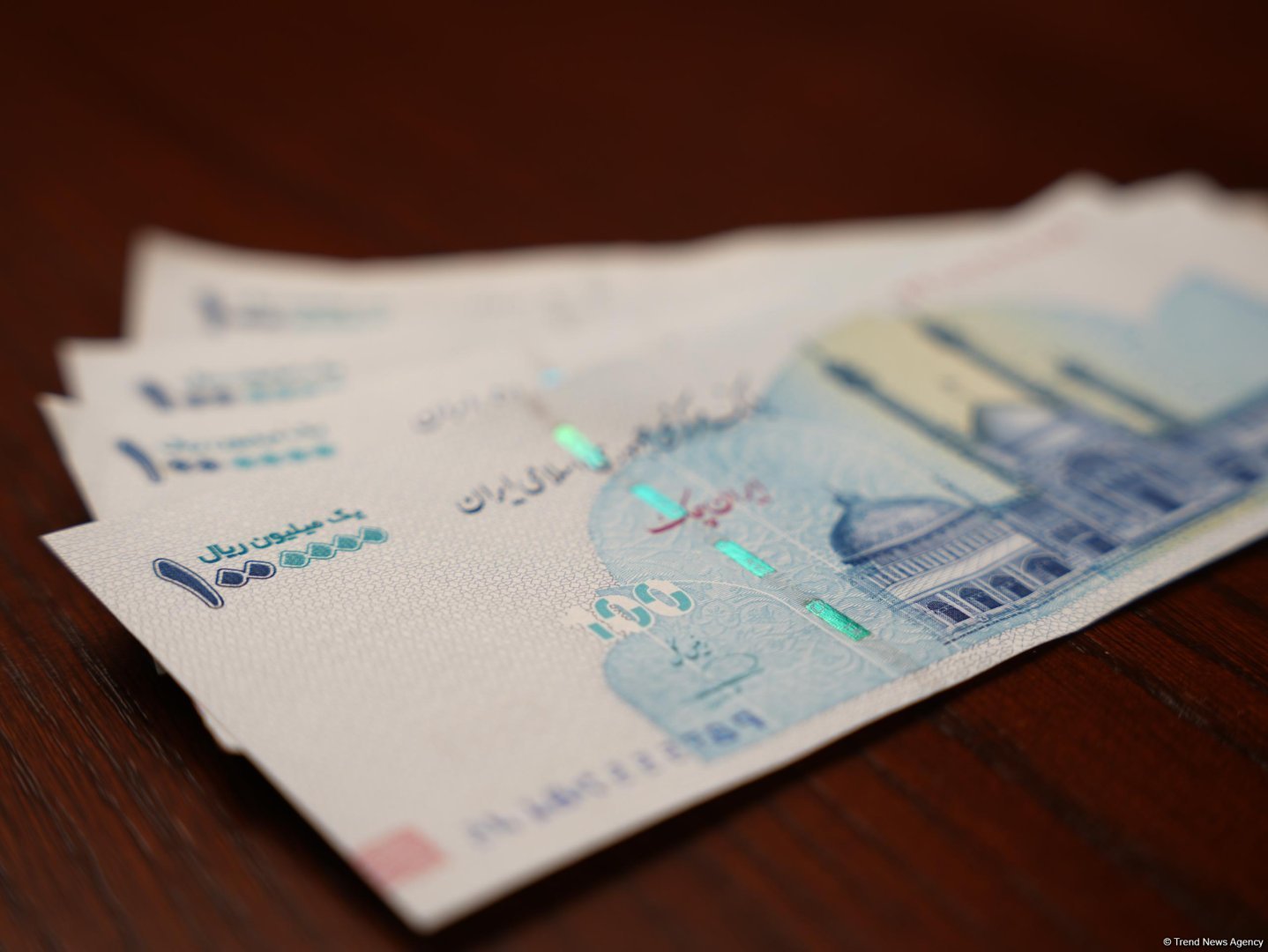BAKU, Azerbaijan, June 23. As the conflict between Israel and Iran stretches into its second week, Iran’s currency markets are showing diverging trends, with official exchange rates remaining relatively stable while black-market rates reflect rising public anxiety and geopolitical uncertainty.
According to figures from the Central Bank of Iran (CBI), the official exchange rate for the US dollar declined slightly between June 13 - the day Israeli airstrikes on Iran began - and June 23. The rate dropped by 7,282 rials, from 646,217 to 638,935 rials per dollar. The euro also saw a minor dip, falling by 6,588 rials to 735,912.
These moderate shifts in the official exchange rate contrast sharply with developments in other segments of the Iranian currency market. In the Currency and Gold Exchange Center - another formal but more flexible platform - the US dollar rose modestly from 713,251 rials on June 12 to 713,700 on June 23. The euro followed a similar pattern, increasing slightly to 822,030 rials.
However, the black market tells a very different story. The dollar surged from 829,000 rials to 922,000 rials over the same period, a jump of more than 11%. The euro’s rise was even more dramatic, increasing from 952,000 rials to 1.06 million. These sharp increases suggest growing public concern about the economic fallout of the ongoing military tensions and potential disruptions to trade and financial flows.
At the policy level, the Central Bank continues to operate a preferential exchange rate - currently set at 285,000 rials per US dollar - for the import of essential goods such as wheat, rice, barley, and vegetable oil. This subsidized rate is applied to foreign currency earned from exports of crude oil, gas condensate, and natural gas.
Despite these multi-tiered exchange mechanisms, cash transactions reportedly account for just 5% of Iran’s total foreign currency market. The majority of transactions occur via the informal "hawala" system, which is commonly used for transferring funds across borders in sanction-affected economies. Businesses and individuals rely on this network to circumvent formal banking restrictions and navigate the constraints imposed by international sanctions.
The Iranian Central Bank appears to be tightening its oversight of foreign exchange flows, likely in an attempt to stabilize the rial amid heightened external pressure. But with the war still ongoing and economic sanctions in place, the long-term outlook remains uncertain.
While official indicators suggest some measure of stability, Iran’s currency market is clearly under stress. The growing gap between official and unofficial rates points to deeper structural vulnerabilities exacerbated by conflict and sanctions. As geopolitical risks remain elevated, the Central Bank faces the dual challenge of maintaining exchange rate stability while managing inflationary expectations and public confidence. Without a resolution to the broader regional tensions, further depreciation of the rial - particularly on the black market - may be difficult to avoid.







